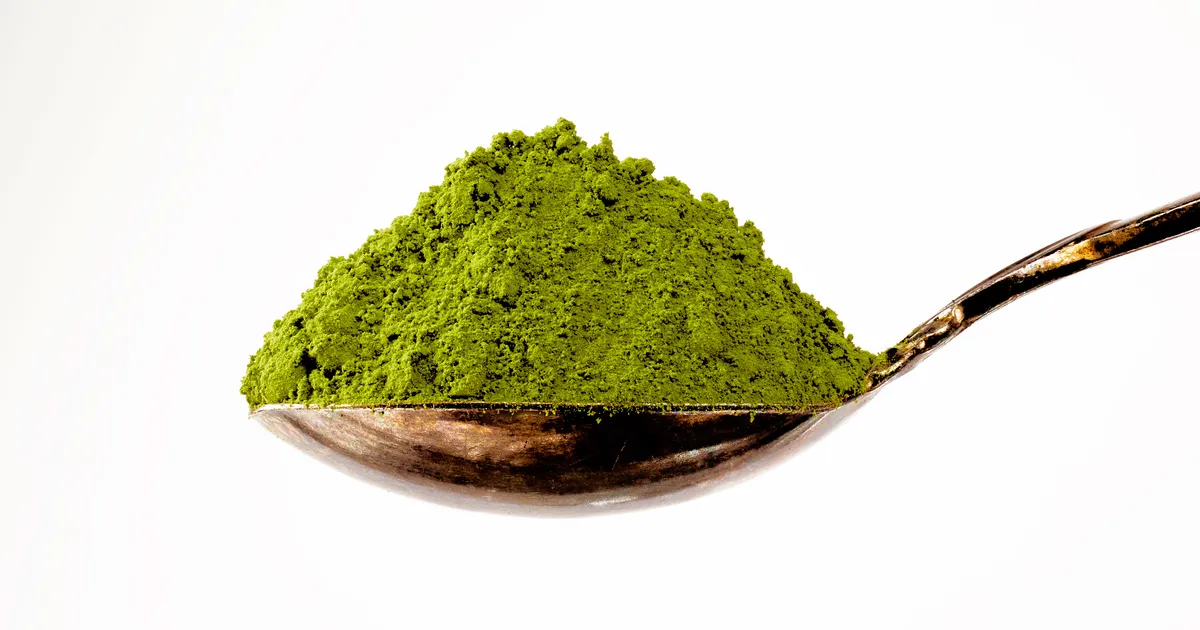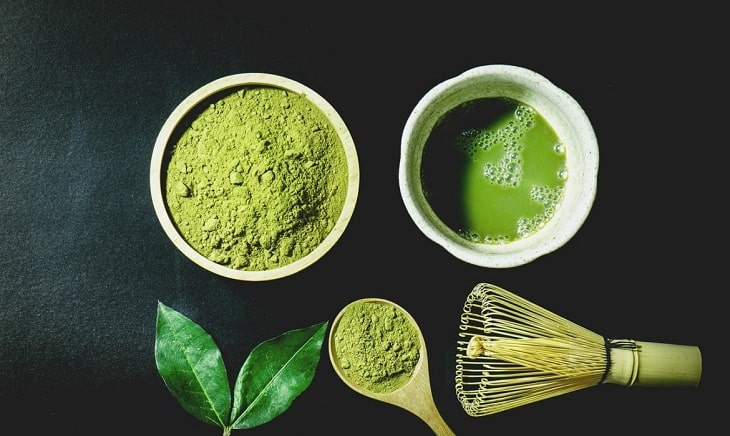The Traditional Japanese Tea with a Modern Twist
Matcha is a type of powdered green tea that has been enjoyed in Japan for centuries. It is made by grinding shade-grown tea leaves into a fine powder, which is then whisked into hot water to make a frothy and smooth beverage. Matcha has gained popularity all over the world in recent years, due to its unique flavor and numerous health benefits.
History of Matcha
Matcha is originated in China over a thousand years ago. However, it was the Japanese who perfected the art of producing matcha and made it an integral part of their culture.
Matcha was first brought to Japan in the 12th century by the Buddhist monk Eisai, who also introduced Zen Buddhism to the country.
The Japanese began cultivating matcha in the 13th century, and it quickly became a popular drink among the nobility and samurai class.
During the 16th century, the tea ceremony (chanoyu) became an important part of Japanese culture, and matcha became the tea of choice for this ceremonial practice. Today, matcha is enjoyed around the world for its unique flavor and many health benefits.
Matcha Production Process
The production of matcha begins with the cultivation of tea bushes, which are grown under shade for several weeks prior to harvesting. This process helps to increase the concentration of chlorophyll and amino acids in the leaves, which gives matcha its characteristic flavor and bright green color.
After the tea leaves are harvested, they are steamed to prevent oxidation and then dried. The dried leaves are then sorted, with the highest quality leaves selected for use in matcha production. The selected leaves are deveined and destemmed before being ground into a fine powder using traditional stone mills.
Matcha Grades
There are several grades of matcha, which are based on the quality of the tea leaves used and the processing methods.
- The highest grade is ceremonial-grade matcha, which is made from the youngest and most tender leaves. It has a bright green color, a delicate flavor, and a smooth texture.
- Culinary-grade matcha, on the other hand, is made from older leaves and has a slightly bitter flavor. It is often used in cooking and baking, as well as in smoothies and other beverages.
Matcha’s Health Benefits
Matcha is known for its numerous health benefits, thanks to its high concentration of antioxidants and other nutrients. It contains caffeine and L-theanine, which can help to improve focus and concentration while reducing stress and anxiety.
Matcha also contains catechins, which are powerful antioxidants that can help to reduce inflammation and protect against chronic diseases such as cancer and heart disease.
Matcha is also a good source of vitamins and minerals, including vitamin C, vitamin A, iron, and potassium. It is a low-calorie beverage that can help to support weight loss goals, and its high fiber content can help to improve digestion and reduce the risk of digestive problems.
Some Healthy Matcha’s Recipes
Matcha, a finely ground powder made from green tea leaves, has been gaining popularity in recent years as a versatile ingredient in many recipes. This superfood is not only packed with antioxidants but also adds a vibrant green color and unique flavor to dishes. Here are some matcha recipes to try:

- Matcha Latte: A matcha latte is a delicious and healthy alternative to coffee. To make it, whisk together 1 tsp of matcha powder with a small amount of hot water until it is a smooth paste. Heat 1 cup of milk in a saucepan and add the matcha paste, sweetener of your choice, and a dash of vanilla extract. Whisk until it is frothy, and serve hot.
- Matcha Smoothie: A matcha smoothie is a refreshing and healthy way to start your day. Blend together 1 banana, 1 cup of spinach, 1 tsp of matcha powder, 1/2 cup of almond milk, and a handful of ice until smooth. Pour into a glass and enjoy.
- Matcha Overnight Oats: Matcha overnight oats are a quick and easy breakfast that can be prepared the night before. In a jar, combine 1/2 cup of rolled oats, 1 tbsp of chia seeds, 1 tsp of matcha powder, 1/2 cup of almond milk, and a sweetener of your choice. Stir well, cover, and refrigerate overnight. In the morning, top with fresh fruit and nuts.
- Matcha Ice Cream: Matcha ice cream is a creamy and decadent dessert that is perfect for warm weather. In a bowl, whisk together 2 cups of heavy cream, 1 cup of milk, 1/2 cup of sugar, and 1 tsp of matcha powder until well combined. Pour the mixture into an ice cream maker and churn according to the manufacturer’s instructions. Once the ice cream is frozen, transfer it to a container and freeze for a few hours until firm.
Overall, matcha is a versatile ingredient that can be used in a variety of recipes, from beverages to desserts. It not only adds a vibrant green color but also provides numerous health benefits. Try incorporating matcha into your cooking and baking to discover its unique flavor and versatility.
Conclusion
Matcha is a traditional Japanese tea that has gained popularity around the world for its unique flavor and numerous health benefits. Its production process involves shade-grown tea bushes, steaming, and stone grinding. Matcha is available in several grades, with ceremonial-grade matcha being the highest quality.
It is a great addition to any healthy diet, and can be enjoyed as a beverage, or used in cooking and baking to add a delicious and nutritious twist to your favorite recipes.
Originally posted 2023-02-22 12:02:23.


Hi there, thanks for the tips and knowledge. Love your tea website!
Hi thank you, OSG 777. The pleasure is ours. Explore around!
I love Matcha. My mom often makes me iced matcha tea which is top-notched!
@tiktok88: Absolutely, especially in this summer